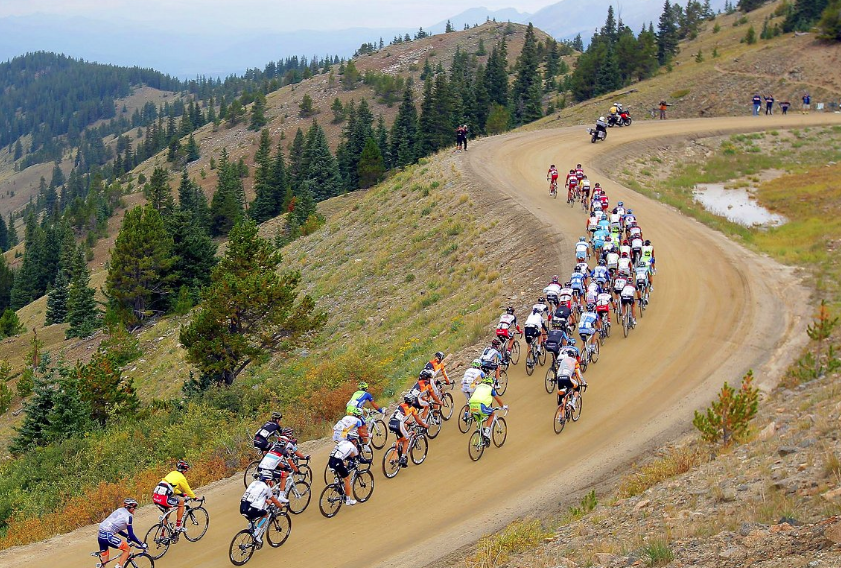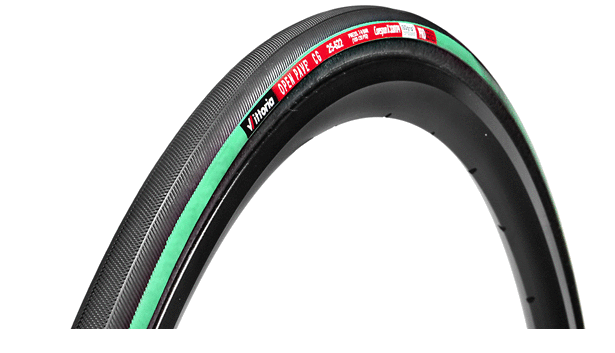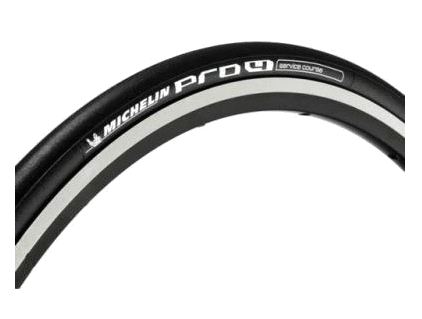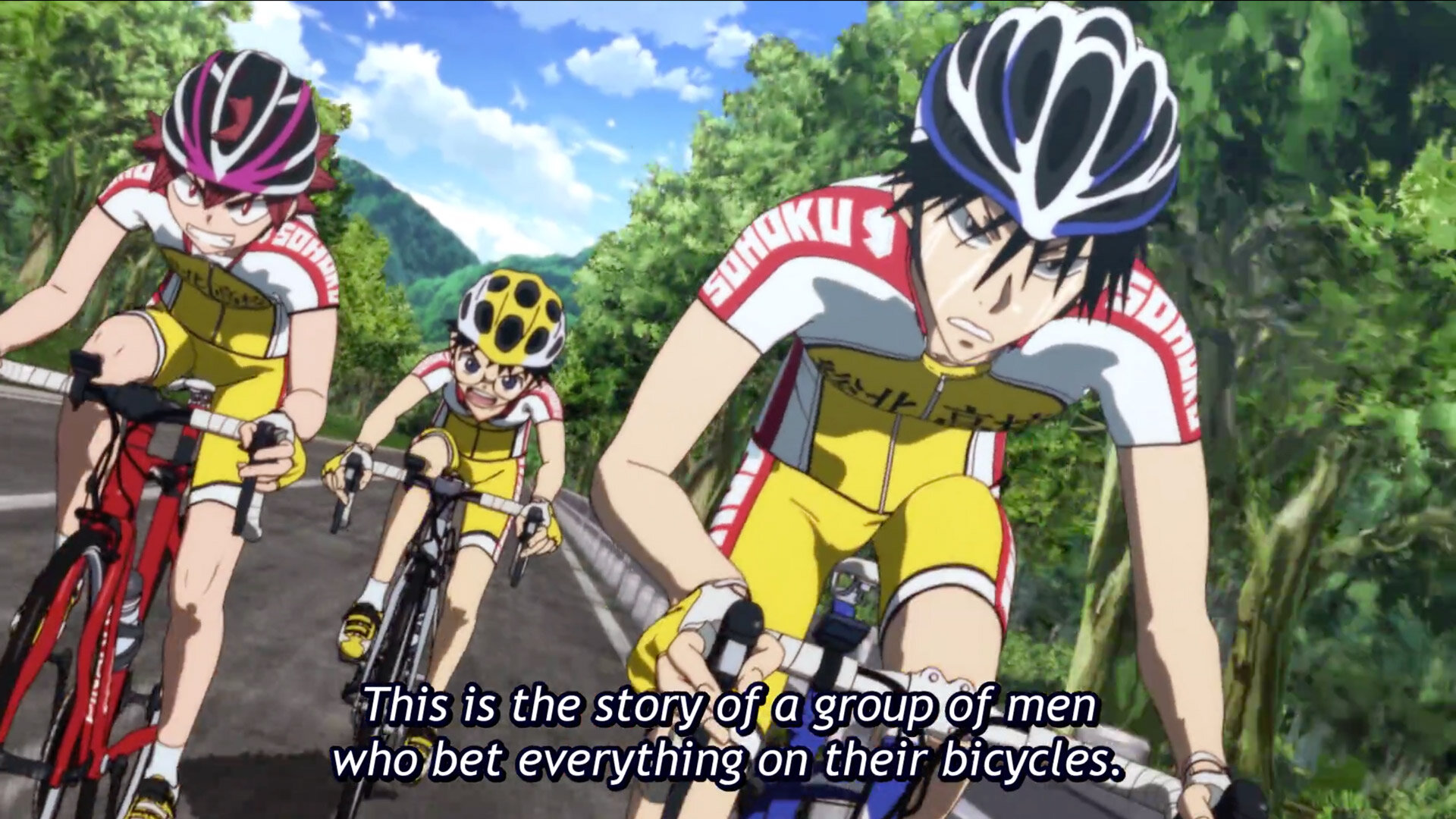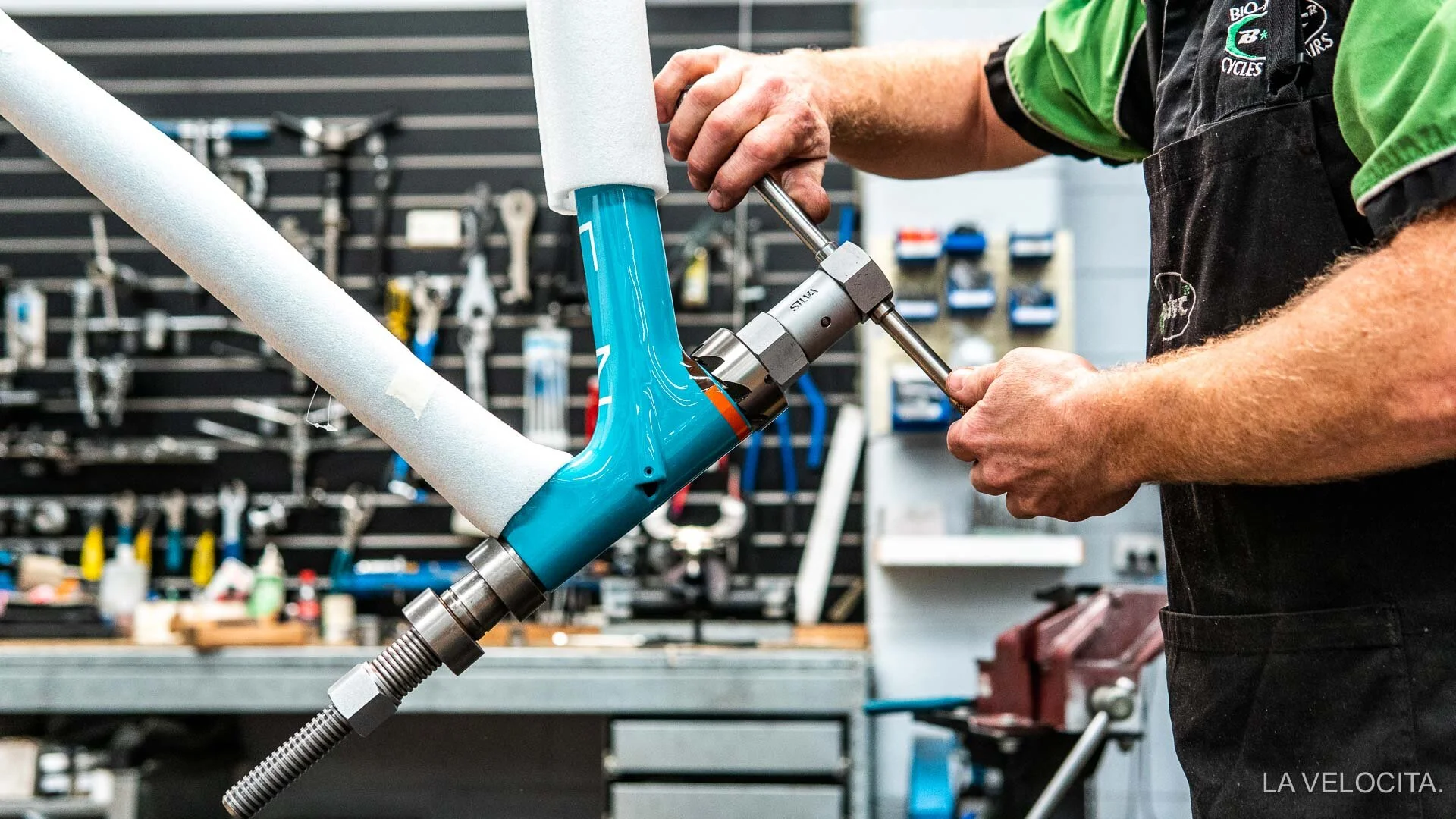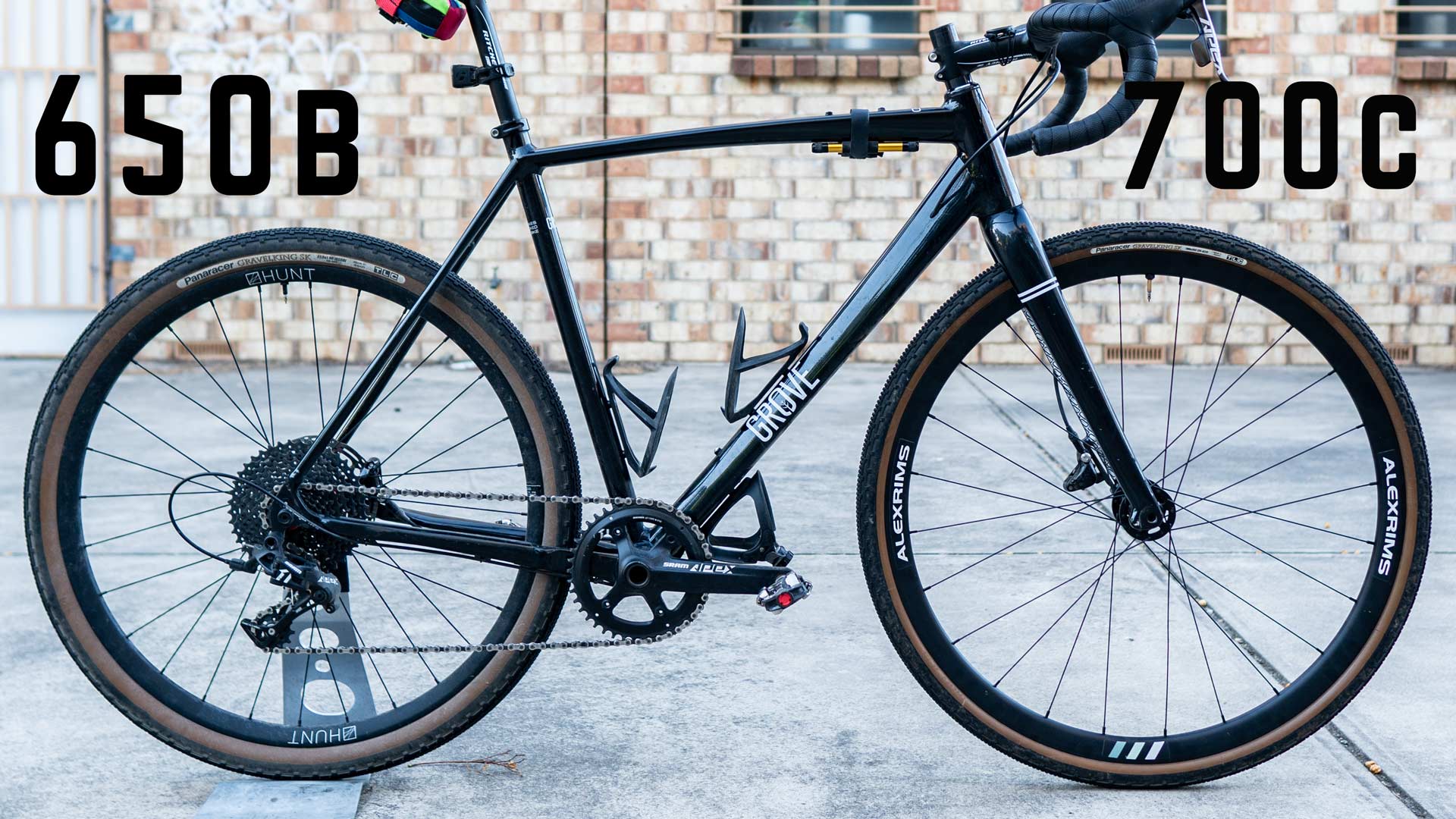Tyres - Choose your Clincher

Image by Doug Pensinger
We've been talking with Rapha Cycle Club rider Aaron DeBono about tyres. He's passionate about tyres and getting riders on the right tyre for the right conditions.
Today we are having a look at the most popular category of tyres. Clinchers. You'll find them on most recreational cyclist's wheels and many weekend racers use them to. They are simple to use, quick to change and relatively inexpensive.
Getting your tyre choice wrong can upset the handling of your bike, leading to endless punctures and at worst can make your bike downright dangerous. We'll look at the options out there.
First and foremost, I am in no way shape or form affiliated with any tyre manufacturer and will discuss my own experience using a number of different tyres.
In today's competitive market there are endless options for riders. From the heritage brands, Continental, Vittoria, Schwalbe, Michelin to smaller manufacturers; Clement, Panaracer, Challenge and the bespoke manufacturers FMB, Dugast amongst others.
I'm going to talk about my experience with a range of tyres. Of course tyres are more than just about model and brand, it's about pressures, width etc. But, if you start with the wrong tyre you've got no hope with the other variables.
I find that cyclists sometimes neglect tyre choice. It's very common that riders will accept the manufacturers choice when it comes to the tyres on a new bike.
Tyres are critical when it comes to translating the power of a pedal stroke to forward movement. It’s not a rare sight to see cyclists with beautiful Chris King hoops, laced with tyres that are just plain wrong for the conditions or rider.
I believe there is no definition of a bad tire. A tire is only bad when it is purchased for a use that it is not designed for.
Here's a few things to consider before you make your purchase.
Choose your Surface
When choosing a tyre you should consider what type of riding you will be doing and what terrain it will be on, i.e. all road, rough bitumen, gravel, mixed, wet etc. This will make choosing a tire easier and result in satisfaction with the tyres durability.
Every tyre manufacturer has a vast product line of tyres for a number of conditions, riding styles and puncture protection technology.
Purpose
Racing, crits, time trial... or training, Audax style, all round... Narrowing down your final tyre use will help you avoid buying the wrong one. As an example, you don't want a lightweight super smooth time trial model if you're planning to ride country roads made up of rough surfaces and gravel tracks. You'll be needing plenty of spares otherwise!
Threads Per Inch - TPI
Tyres are classified based on their TPI. The nylon threads that make up the casing of the tyre are measured in one axis and on a woven fabric casing may be as low as 20 or into the 300's.
Generally speaking, a higher thread count tyre will be more expensive and have lower rolling resistance.
Durability & Puncture Resistance
High TPI count does not result in a more puncture resistant tyre. In high TPI tyres, the threads woven into the casing are usually significantly thinner resulting in a lighter tire that is more flexible. This results in more contortion and a smoother ride.
High TPI tyres often use softer rubber compounds to improve grip. The down side is that the tyre is more susceptible to being cut up by road debris and may be more puncture prone.
The Big Brands
I've focused my attention on the big brand tyres that are available to most riders and that I have had the most experience with.
Force/Attack
These tyres have a similar tread pattern as the GP4000s but differ in the fact that they are generally sold as a pair with the Attack tyre being 22mm and the Force tyre 24mm.
- The idea is that wider tyres have a better rolling resistance. With all your weight on the back end of the bike you should improve rolling resistance.
- In my hands these tyres were excellent. Puncture protection, grip and casing construction is similar to the GP4000s.
- I felt these were very fast, but like the GP4000s I felt the rear tyre squared off a lot quicker then I expected.
- Uneven front/rear wear and differing tyre widths make tyre rotation not possible. You eventually end up with almost new front (attack) tyres and worn out rears.
GP4000s - Series I and II
- One of the most popular tyres on the market the Series I has been re-incarnated with the introduction of series II.
- I have ridden extensively on GP4000s I and would say they are extremely durable.
- Given I like to sprint at every opportunity I get, I did notice they tend to square out quickly, and found they did cut up a little but the casing quality is superb keeping the tyre together and not really effecting the riding performance.
- The cutting up of the tyre did not necessarily result in punctures and I’ve ridden some horrible roads and wet conditions with non-new tires without any problems. This has given me the confidence to throw the bike around in the wet.
- I have not ridden the GP4000s II. In the group I ride with several of the riders have had a few difficulties with the Series II sidewalls blowing out. I'll be watching what Continental do here.
GP TT & GP Supersonic
- These last two Continental tyres are more specifically designed for time trialling, are extremely light and have high TPI count (330) therefore not a durable tyre for road riding.
- Keep these ones for your one off time trial events.
If you are not racing, hate the prospect of fixing punctures on a ride, want to ride a mix of terrain and want to trust your tyre in any condition it's worth considering the following two options.
Gatorskins
- The gatorskin’s with their PolyX breaker and Dura Skin casing prevents the likelihood of tyre malfunction.
- Being rated at 180TPI they can provide a pretty stiff and harsh ride on less than perfect surfaces.
Grand Prix 4 Seasons
- Another winter/all round option that isn’t as stiff as the Gatorskins but of similar toughness and with a better rolling resistance is the Grand Prix 4-seasons tyre, at 330TPI.
- These tyres come in a variety of widths also from 23mm – 32mm.
I’ve had the pleasure of riding each of the following tyres and will go out on a limb to state these are some of the fastest tyres on the market. In contrast to the Continentals, Schwable tyres do not have any tread are very light and thin.
Ultremo ZX
- Prior to the introduction of the One, the Ultremo ZX was one of the most popular Schwalbe models.
- Great traction in the wet and it didn’t square out as rapidly as some other tyres.
- I found that the Ultremo ZX was susceptible to damage and once cut appeared on the tyres they slowly grew, reducing puncture resistance and durability. The likely cause of this is a slightly lower quality casing.
Ultremo ZLX
- At 160g the light-weight ZLX tyre sacrifices puncture resistance for weight.
- I actually preferred them to the ZX and found them slightly faster.
- The wear of the tyre was similar to the ZX but they survived better for me (maybe by my pure luck).
- These tyres survived a season of combine racing in deluges and shocking roads with only one puncture.
One
- My current tyre, I have been really impressed so far.
- The Schwalbe One was one of the first tubeless ready road tyres (be careful when buying as there are now two versions).
- I’m running mine with tubes. As a test of durability I rode them on unsealed roads last weekend around sugarloaf reservoir (skyline road) with jagged rock. They survived without any cuts in the carcass and no punctures... riders with other tyres needed to use their CO2 supply numerous times.
- These tyres, like their siblings are fast and sticky and a good spring/summer tyre when rain is limited.
Aqua
- When the weather turns south Schwalbe is there for you in the form of the ultremo aqua.
- A solid very wet weather tyre.
The Vittoria tyres are named Corsa and have a number of different models. All tyres are the same TPI count of 320tpi. Vittoria tyres are sold in widths of 21mm to 28mm.
Corsa CX, SL and SR
CX - Retains a tread pattern so that the tyres could be used in all round conditions
SL - No tread
SR - gains more tread than the CX.
These tyres are designed for racing conditions and the dimpled surface allows use in wet and dry conditions. The construction of these tyres is similar to Conti’s with a meaty layer of rubber that helps with puncture resistance.
Corsa SC
- This tyre has been popular in recent times due to the ‘oldskool’ gum walls, which makes a fancy bike look amazing.
- These tyres are very durable, but do still suffer from squaring out.
- They are not to be the fastest tyres I’ve ever ridden and a little stiffer than others making them a little harsher on longer rides.
Pave
- Vittoria also constructs a race tyre for the most horrible conditions known as the Pave. It had a distinctive green sidewall.
- These tyres are the stuff of legend with many cobbled classics won on the back of these tires (and a monster on the bike).
Michelin has been a silent achiever in the Australian market.
Michelin Pro 4s
- I wanted to give these a try and decided to go with the trend to ride wider 25mm tyres.
- When I fitted them I had barely any gaps between the stays and front fork.
- I've put these tyres through absolute hell. I've ridden them on so many unsealed roads with corrugation, jagged rocks and every other piece of grit you find.
- I also raced these tyres and I can’t believe how durable they are.
- They are not the fastest on the market but they do well. They roll beautifully and are the closest tyre to a tubular that I have ridden.
- This may be aided by the extra girth of the tyre. These are an excellent all rounder and are sticky enough to dump into any corner even in the most treacherous conditions.
About Aaron
Aaron is a rider with Rapha Cycle Club.
He's a lightweight at 64kg on a good day and enjoys riding the roadie on both sealed and unsealed roads. Aaron races in both road and criterium races and has traveled the world with his bike. He likes to ride hard when his legs and heart allow and loves throwing the bike into any corner on any descent.
Most importantly, Aaron loves to ride.

